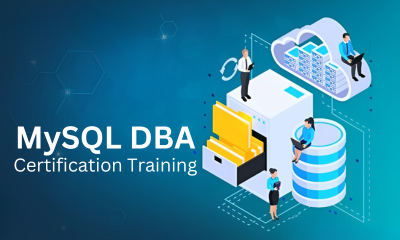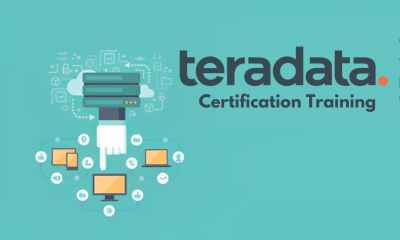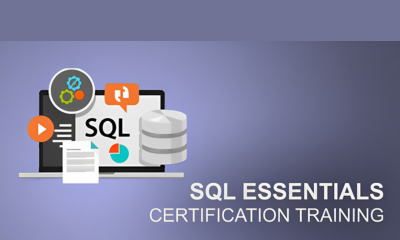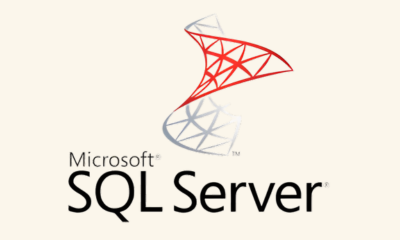Objectives: At the end of this MYSQL DBA Training module, you will be able to:
• Understand MySQL products, professional services and support for your operating system.
• Define a relational database management system (RDBMS) and describe its structure.
• Explain the use of SQL and MySQL with relational databases
• Define data definition language (DDL) and data manipulation language (DML)
• Understand MySQL client/server model and work with MySQL connectors.
• Install the MySQL server on Linux, start and stop MySQL server
• Interact with the server using the MySQL command-line client.
• Log your MySQL command-line client session to a text file.
• Use MySQL Workbench to interact with the server.
Topics:
• MySQL Overview
• Basics of Relational Databases
• Entities and Relationships
• SQL Language and MySQL
• SQL data definition language and data manipulation language
• MySQL Client/Server Model
• MySQL Connectors
• Installation of the MySQL server
• Starting and stopping MySQL server
• Using the MySQL client
• MySQL Workbench
Hands On
• Install and Configure MySQL Server, Client and MySQL workbench
• Using MySQL Workbench
• Creating the ‘world’ Database & Explore the Schema




















